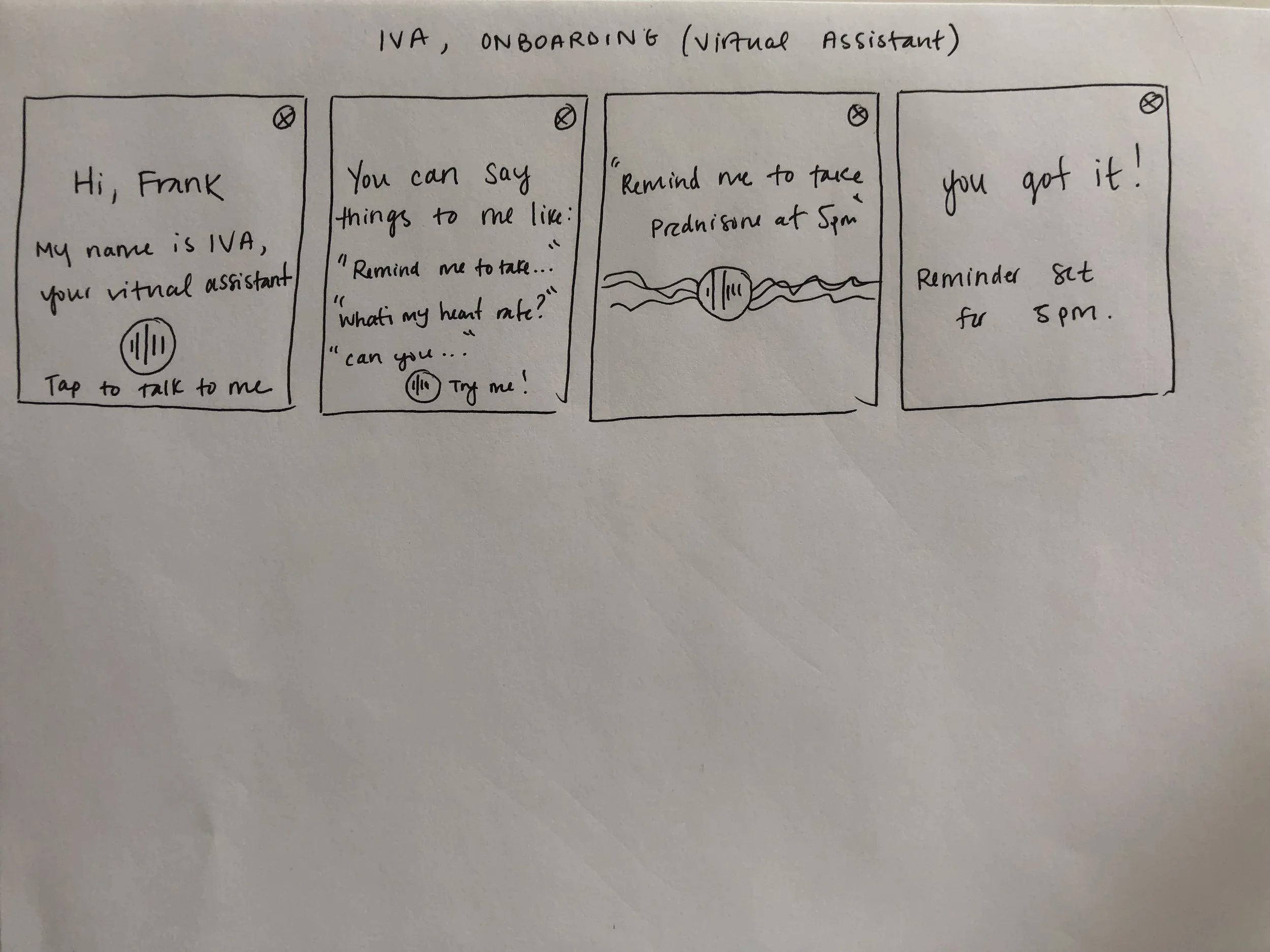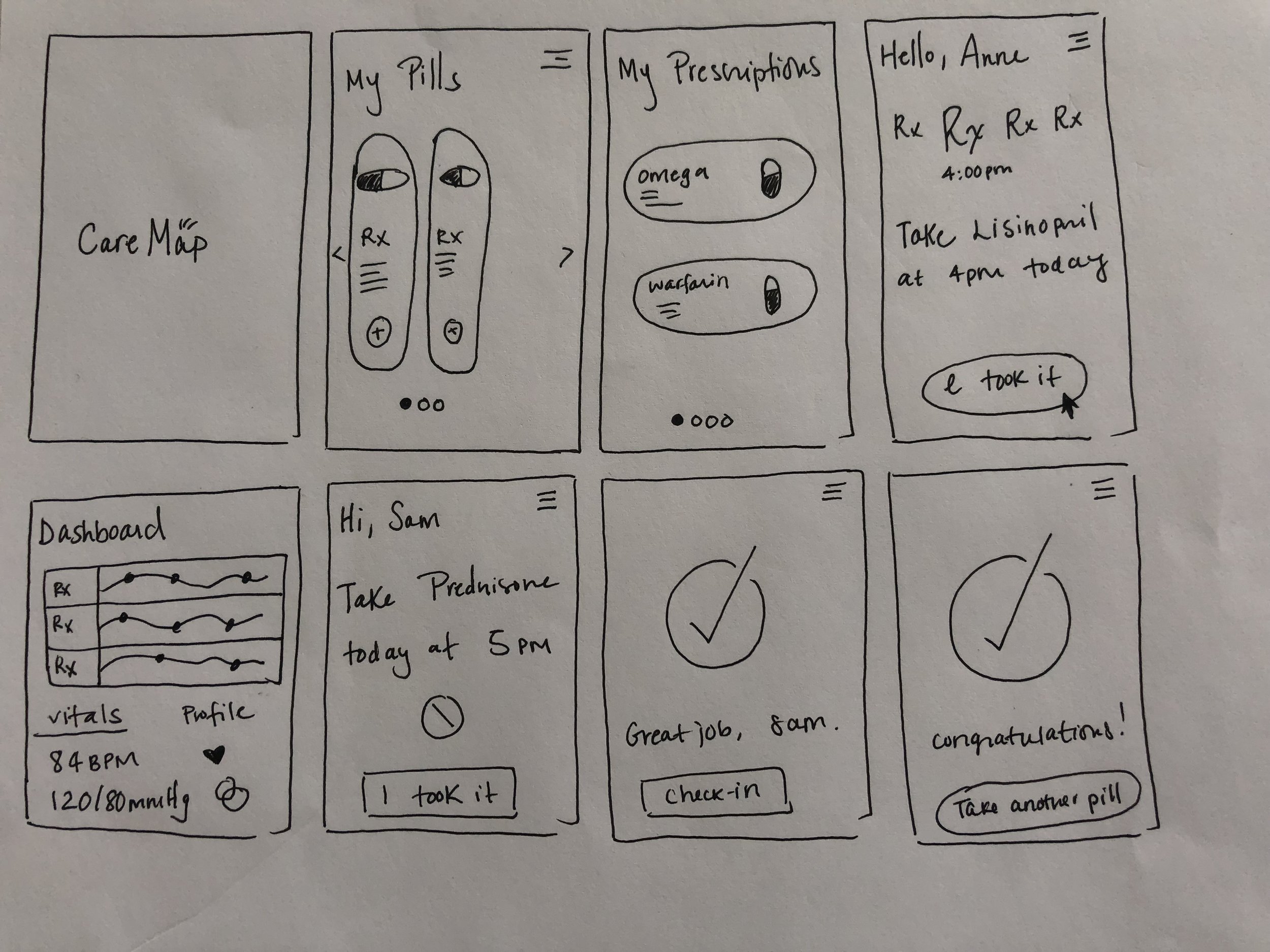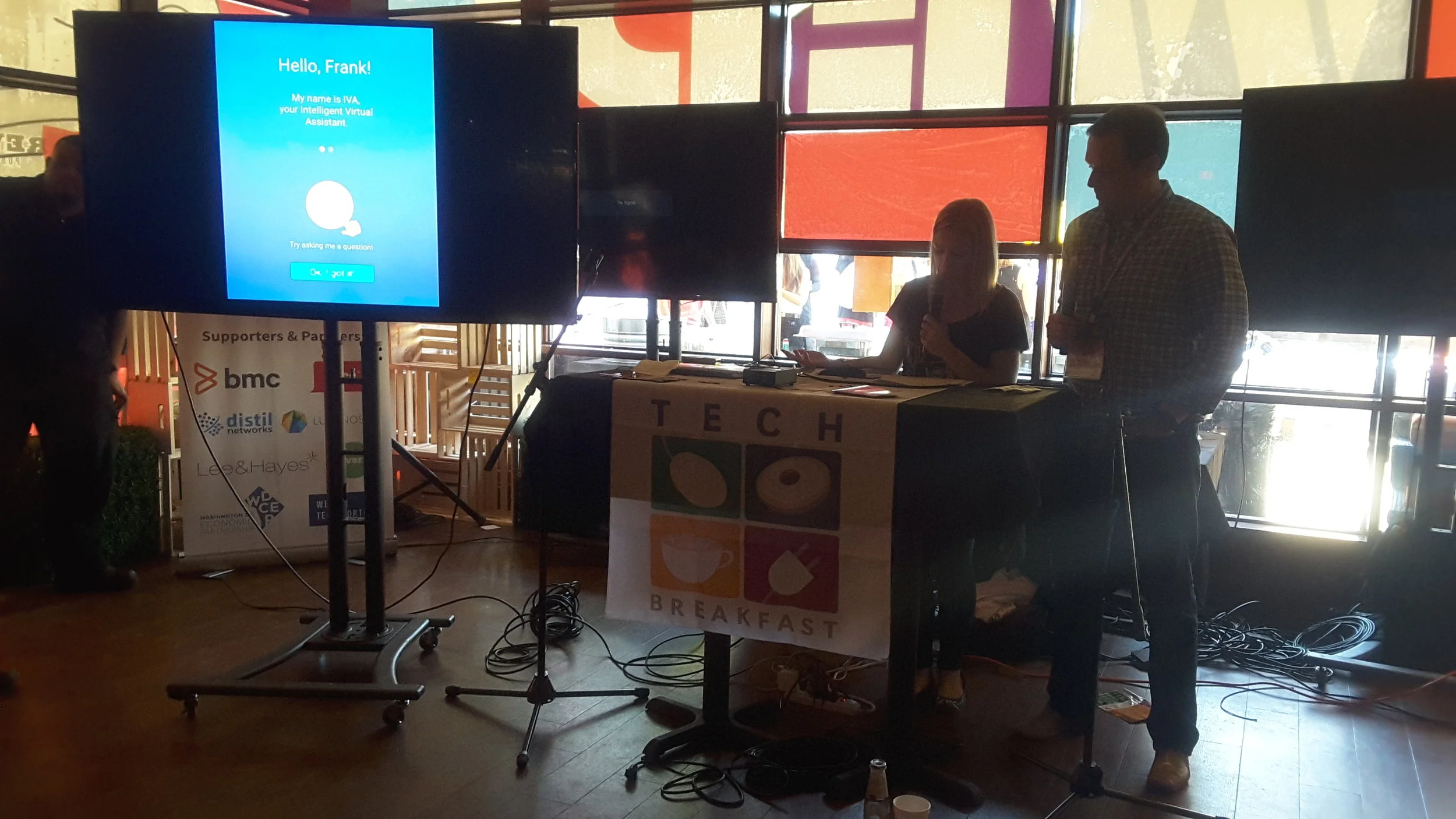In an industry where humans take care of humans, why does healthcare seem so sterile?
Designing for healthcare is hard. It involves complex systems and a deep understanding of medical protocols, safety requirements, privacy acts, and organizational behaviors. But making things work is just the bottom tier of Maslow’s Hierarchy of Needs. What happens when you add the needs of humans?
BACKGROUND
The Service Design team at Booz Allen spent a summer conducting a design thinking study exploring the patient experience at the Walter Reed National Military Medical Center in Bethesda, Maryland. The team observed how medical tasks were completed, listened to conversations between patients and physicians, and studied the intangible moments in between.
PROBLEM
Medical patients feel out of touch with their physician after they leave the hospital, continue to be unsure about the medicine they’re prescribed, and feel a sense of loneliness during their recovery process.
SOLUTION
In collaboration with the Service Design team, our team of designers and developers designed an application that would bridge the communication gap between patient and physician while empowering patients to take charge of their recovery journey.
We also leveraged artificial intelligence by creating a virtual assistant for the patient to guide them on their road to recovery.
ROLE
From concept to solution, I led the product design efforts for the mobile and tablet end-to-end experience.
Who are we designing for?
We created personas that brought user data to life. They helped us anticipate and understand what patients, providers and caregivers may think, feel, and do when engaging with CareMap.
Start on paper
Wireframe it out
Introducing CareMap™
“When we look at tech, the first question we ask ourselves as a design team and an innovation team is, is this going to make the experience more human or less?”
Design System
Creating a place where we can be transparent about design styles, patterns, and ideas is important to streamline communication between design and development and to remove opportunities for inconsistent experiences across devices and platforms.
Source: UXPin “Creating a Design System”




























